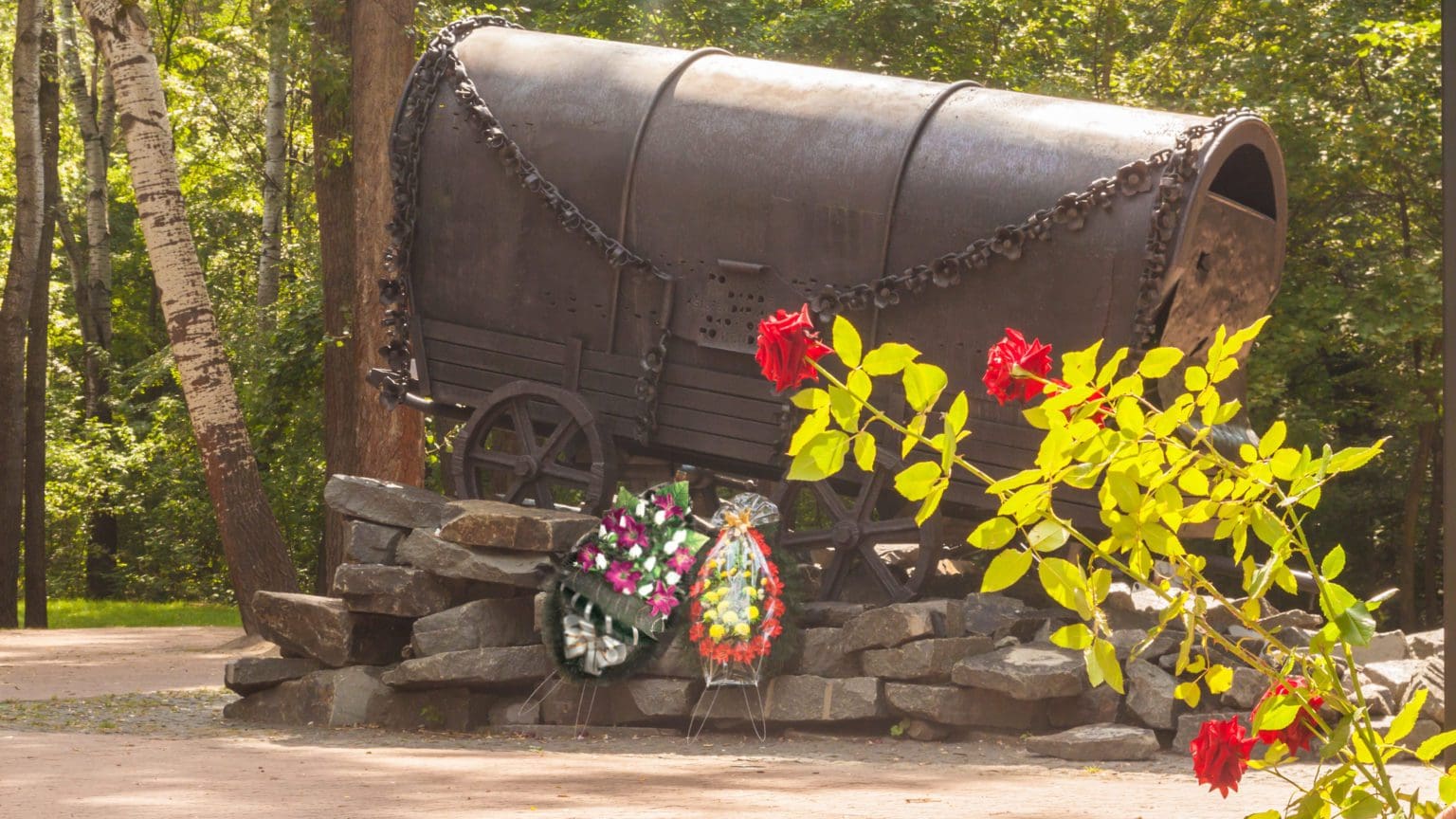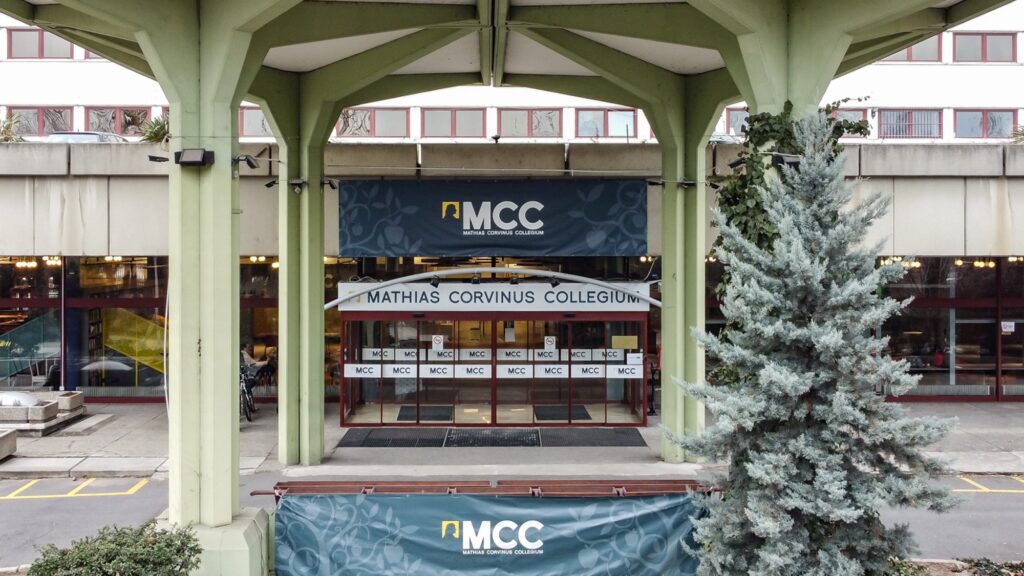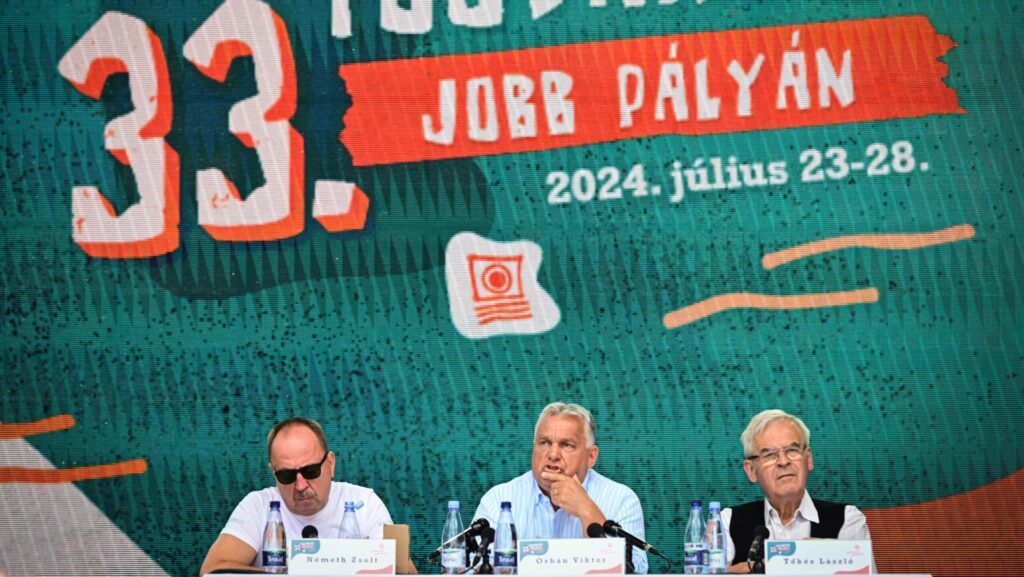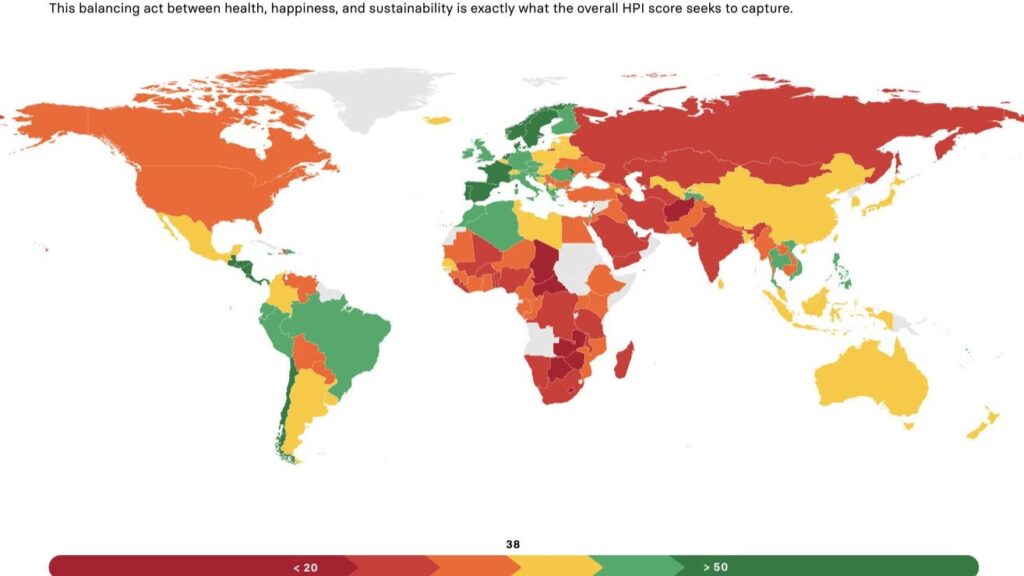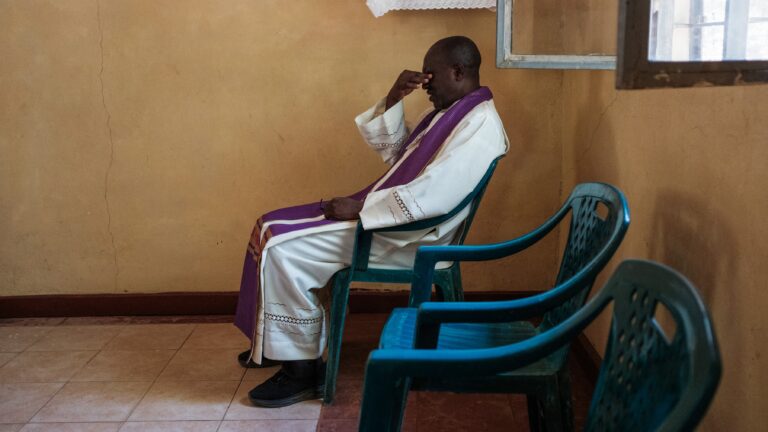The Romani genocide (or Porajmos) is remembered annually on 2 August with a ceremonial one-minute silence at noon. The European Memorial Day for Sinti and Roma was adopted in 1972 at the conference of the World Roma Organisation and it marks the anniversary of the night of 2 to 3 August 1944 when 3 000 Roma women, children and elderly people were brutally killed in the Gypsy family camp of Auschwitz. During the Romani genocide between 250 000 and 500 000 Roma were killed by Nazi Germany and its allies all across Central Europe. The number of those who perished during the genocide is estimated to be equal to 50 per cent of the total population of Roma living in Europe at the time.
In Hungary, it was primarily the Arrow Cross party that collaborated in the deportation of between 28 to 33 thousand Roma Hungarians, of 70 to 100 000 who lived in the country at the time. Commemoration on this day is happening both at Auschwitz-Birkenau, where many innocent Roma perished, as well as in multiple locations in Hungary. Every year, the Holocaust Memorial Centre in Budapest organises events dedicated to upholding the memory of the ones lost. Last year the Teleki square of Budapest was decorated with flowers forming the Roma flag to mark the memorial day, while this year a vigil will be organised.
Commemoration on this day is happening both at Auschwitz-Birkenau as well as in multiple locations in Hungary
The starting date of the genocide is 1935, when, as a supplement to the Nuremberg Laws, Nazi Germany classified Romani people as ‘enemies of the race-based state’, thereby putting them into the same inferior category as Jews. Soon a series of legislations were passed targeting the Roma. Romani Germans lost their citizenship, their right to attend educational institutions, or to marry a non-Roma. After they had been deprived of virtually all their rights, the Roma were deported to concentration camps, where many lost their lives. While the suffering of the Roma during WWII is in many ways similar to that of Jews, their tragedy is much less known.
In Hungary the fate of the Romani people was similar to those in Nazi Germany. Hungary had started to stigmatise and prosecute ‘vagabonds’ as early 1916, and those who refused to abandon their lifestyle were listed and taken to labour camps. In 1938, Hungary deemed the Roma ‘ethnic group’ ‘unreliable’ in a legislation, which was followed by raids of Roma encampments. Soon ghettos were created for the Roma in Hungary – in the 30 Roma ghettos tens of thousands were forced to work in inhumane circumstances. Eventually, during the spring of 1944, the deportation of the Roma began in Hungary; many were killed in concentration camps which were located on the territory of today’s Poland.
While Hungary has only a handful of memorials dedicated to the Romani genocide, there is increasing awareness in Central Europe about the Porajmos
While Hungary has only a handful of memorials dedicated to the Romani genocide, there is increasing awareness in Central Europe about the Porajmos. As a run up to this year’s Memorial Day, the Czech Republic purchased an unused pig farm in the southern Czech town of Lety na Písecku, where a Roma forced labour camp functioned between 1942-43. This town was the last station before the Roma (deported from Prague and other locations) reached Auschwitz; an estimated number of 1 300 Romani people transited through the camp of Lety na Písecku. The pig farm, which was built on the location of the extermination camp during the state socialist period, is now being demolished, and in the next couple of years a museum will be built on the site to commemorate the Porajmos victims. Some of the wooden huts of the concentration camp will be re-built, while visitors will be able to learn about the Porajmos at the museum’s information centre.
While over the years Hungary also started to dedicate more attention to the Roma Holocaust, there are no Hungarian projects comparable in importance to the Lety na Písecku initiative in Czechia. Hungary could benefit from a project similar to the one in the Czech Republic. Not a long time ago, between 2008-2009, a group of four neo-Nazis committed a series of crimes, which are considered to be one of the most serious serial killings in Hungarian history. The group specifically targeted Roma families, murdering a total of six people (of which one was a child) at nine different locations, before being hunted down, with the help of US profilers, by the Hungarian police. While three members of the group were sentenced to life imprisonment, the fourth member (who joined the group later and served as their driver) was sentenced to 13 years in prison. He is expected to be released this year at the end of August. Marking the memorial day of the Porajmos, which always includes the commemoration of the victims of the 2008-2009 murders, is important for a number of reasons, but also because it contributes to raising the majority society’s awareness of Romani history, including the tragedy of the Romani genocide.

